1. Overview
Renewable energy training equipment uses light to shine on the solar panels. The Solar panels then generate electricity. The electricity acts on the electrolytic cell module to electrolyze water to produce hydrogen and oxygen. The hydrogen and oxygen enter the power generation module to generate electricity, which drives the fan to rotate.
By using this teaching aid, students can gain a practical understanding of the process of electrolysis of water and its reverse process. Understand how hydrogen-oxygen reaction generates electricity.
An electrolytic battery module is a device that converts electrical energy into chemical energy. Chemical reactions take place on both sides of the proton exchange membrane. By applying DC voltage to both ends of the electrolytic battery module, hydrogen is generated on the negative side (the chemical reaction formula of the negative electrode is, 2H++2e-.H2), and oxygen is generated on the positive side (the chemical reaction formula of the positive electrode is, H2O.2H++1/2O2+2e -).
A storage tank collects the generated gas. Proton exchange membrane fuel cell is a high-efficiency power generation device that uses fuel hydrogen as a reducing agent and oxygen in the air as an oxidant for electrochemical reaction and converts chemical energy into electrical energy (chemical reaction formula is H2+1/2O2. H2O). Fuel cells act as a power source for power stations or vehicles. Compared with internal combustion engines, the most prominent advantages of fuel cells are high energy conversion efficiency and low environmental pollution.
The fuel cell trainer contains 6 parts: solar cell module, electrolytic regeneration unit, power generation unit, load unit, instrument unit, and bracket.
2. Technical parameter
◆ Solar cells
1. Rated power: 5W
2. Open circuit voltage: 4.5VDC
3. Short circuit current: 1100mA
◆ Electrolysis (electrolyzer) module
1. Electrolytic voltage: 1.2V-4.5V
2. Current: 0.25A-1.1A
3. Gas production: Hydrogen 5.6 mL/min Oxygen 2.8 mL/min
◆ Fuel cell module
1. Open circuit voltage: greater than 1.3VDC
2. Current: 0.1-0.55A
3. Power output: 0-0.65W
◆ Meter
1. Voltmeter: 0-20VDC Power supply 9VDC
2. Ammeter: 0-2A power supply 9VDC
◆ Load
1. Small fan (0.2W)
2. Resistance box load (100~1000Ω)
3. Renewable Energy Training Contents
1. According to the position on the picture, place each module in the proper position.
2. Connect the interface between the electrolysis module and the storage tank with a transparent plastic tube.
3. Add water to the tank to fill the electrolytic cell with water.
4. Connect the positive and negative poles of the solar panel to the positive and negative poles of the electrolytic cell, respectively.
Place the device in the sun, or place the solar panel alone in the sun, After the solar panel is exposed to sunlight, it will generate electricity and then start electrolysis to produce hydrogen. At this time, gas is generated on both sides of the electrolytic cell.
5. After a few minutes of electrolysis, connect the positive and negative poles of the fan to the positive and negative poles of the power generation battery, and the battery generates electricity to make the fan rotate. Or connect the resistance box to the positive and negative poles of the power generation battery according to the experimental requirements.

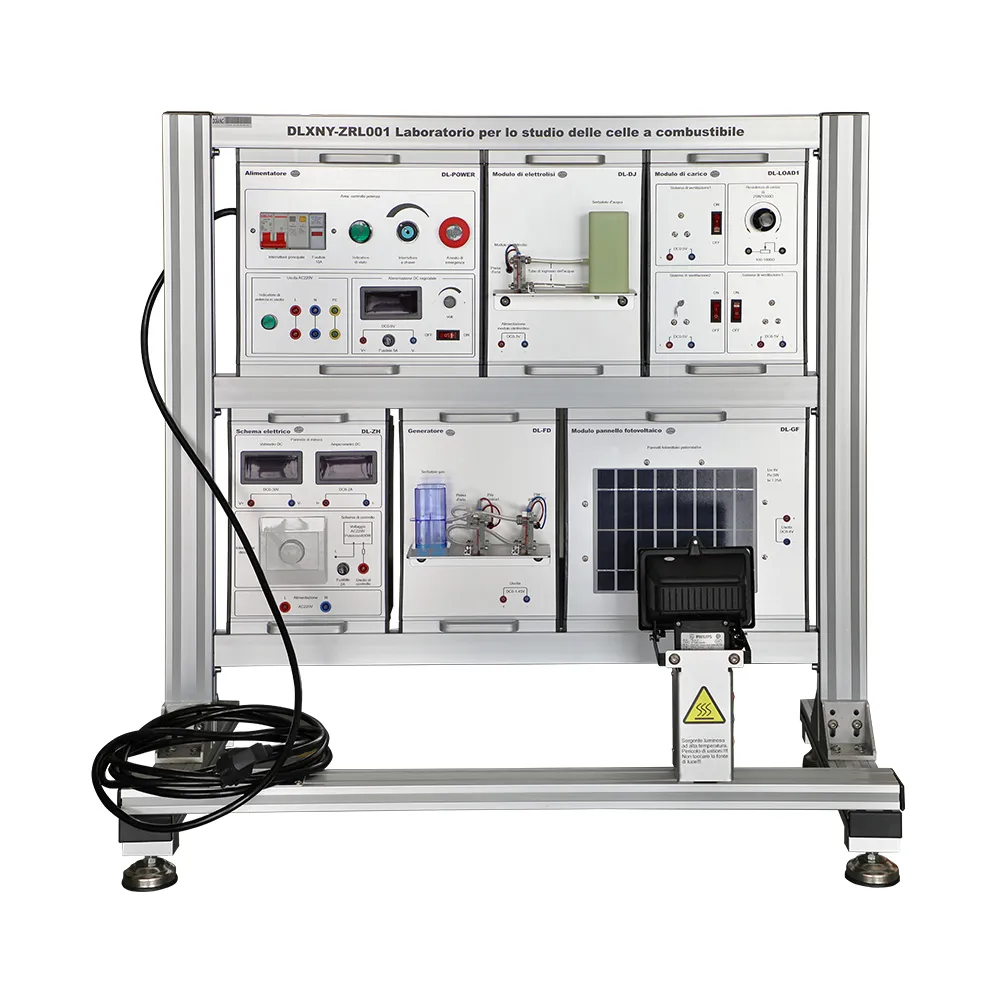

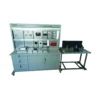
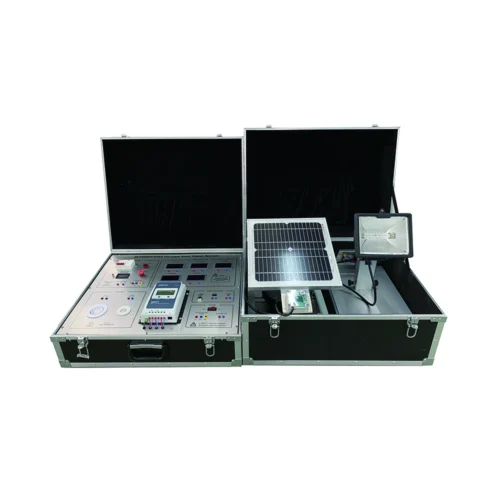
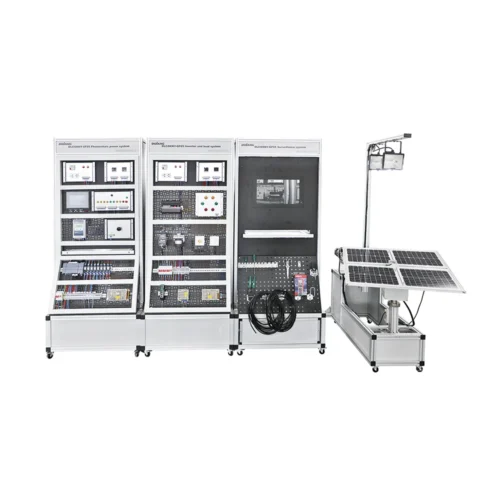

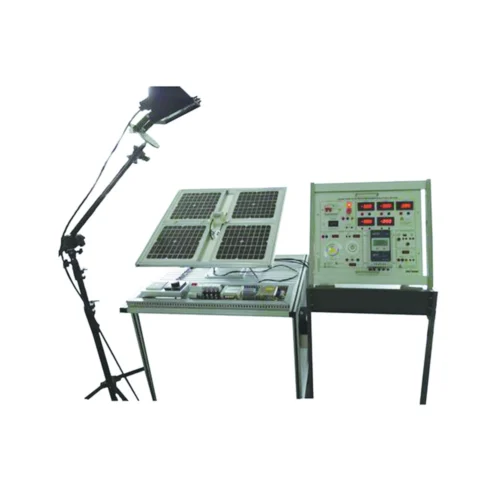
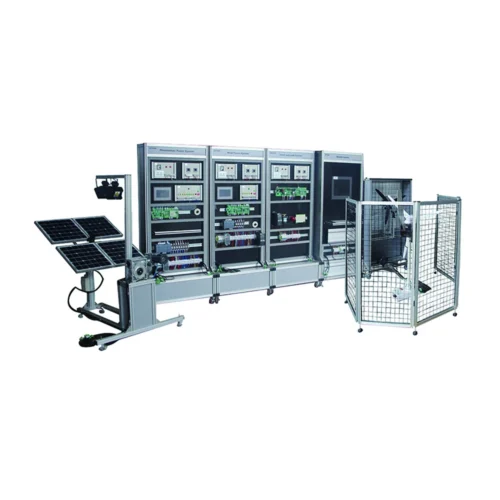
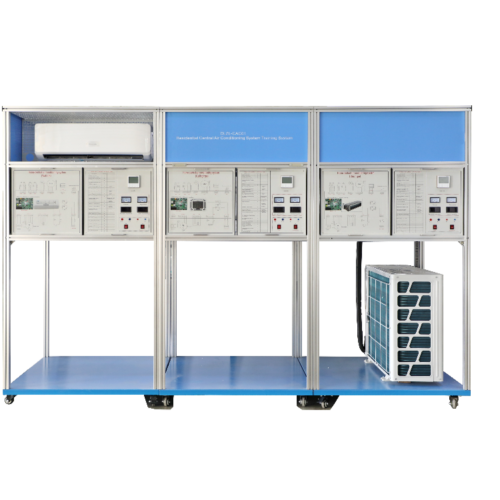

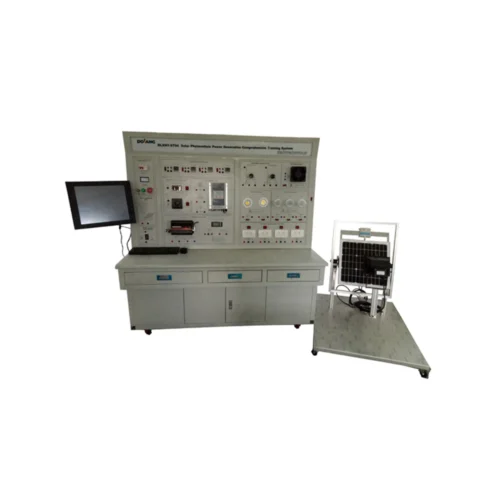
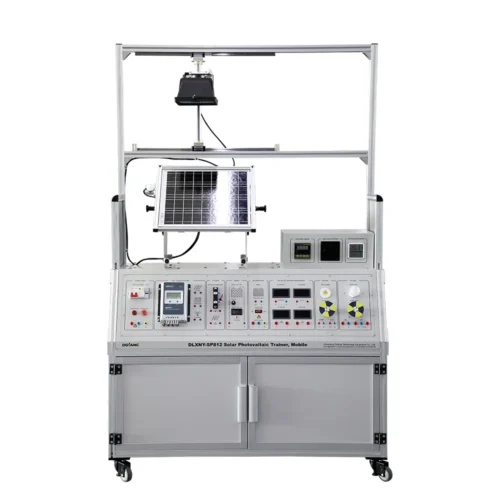
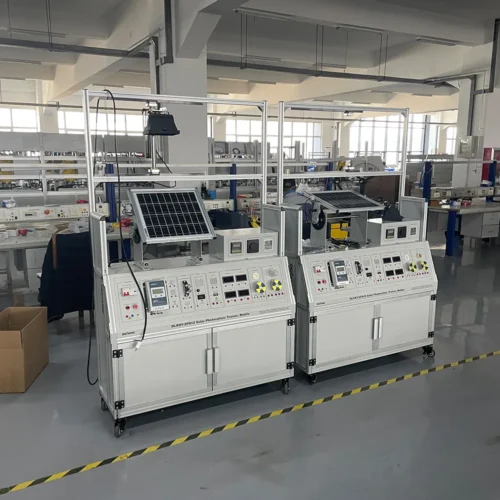


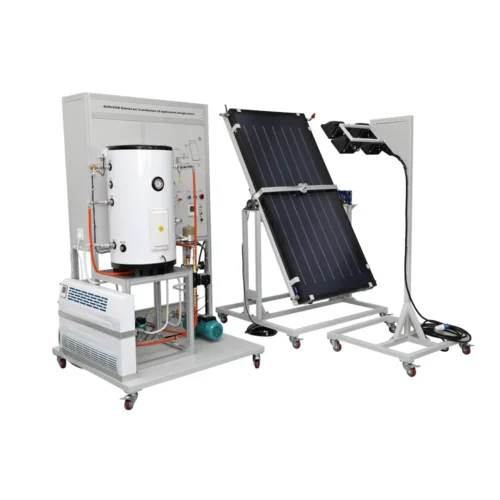
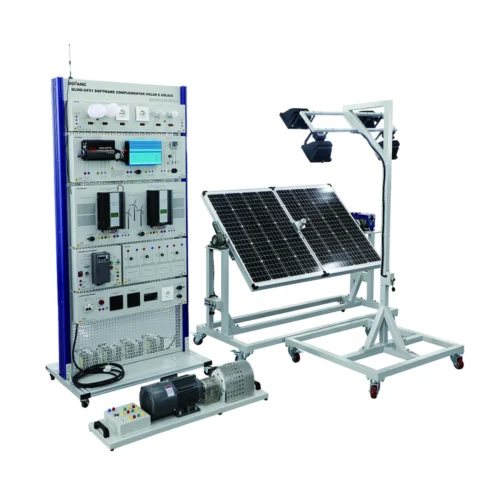

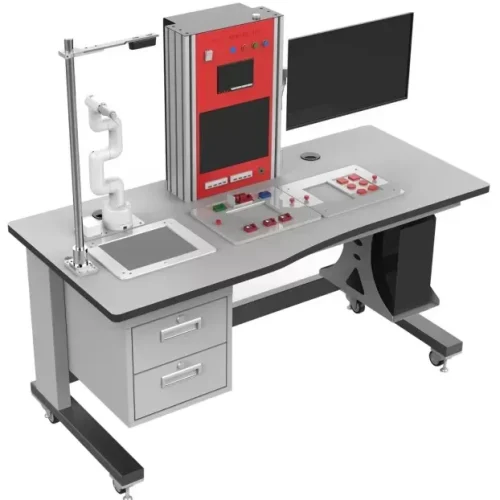
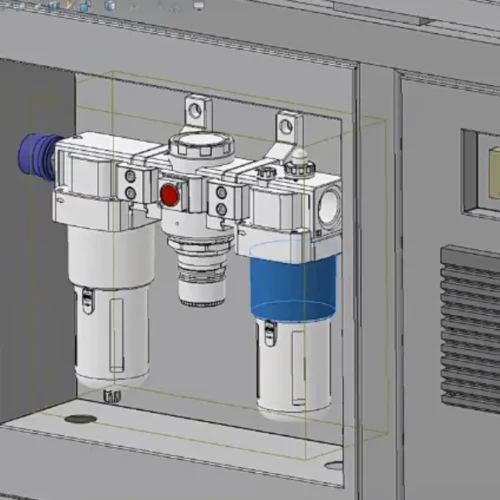
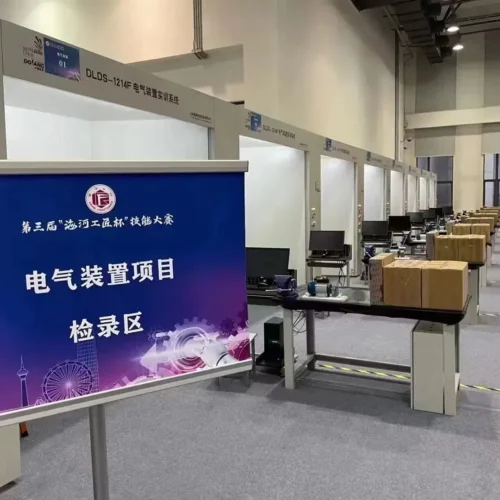

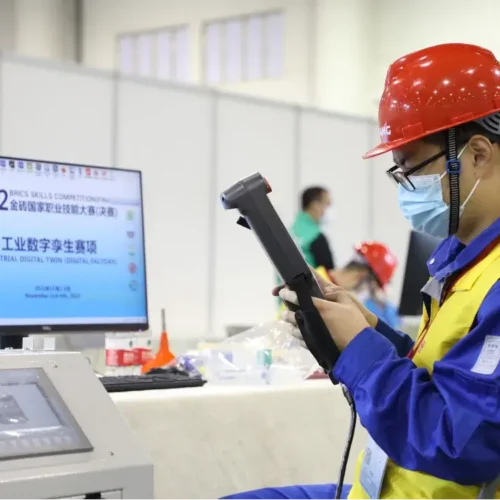
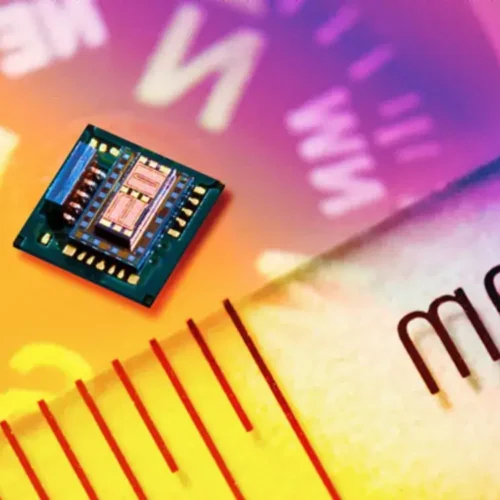
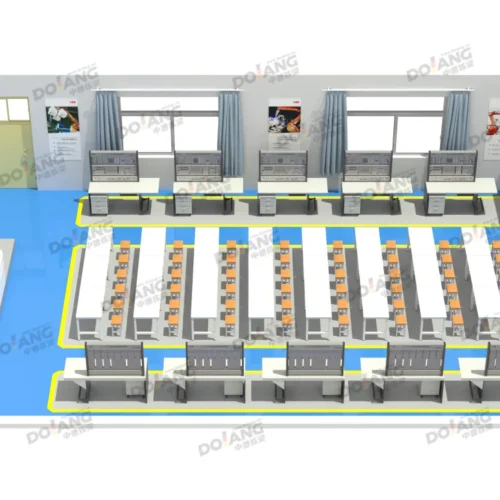
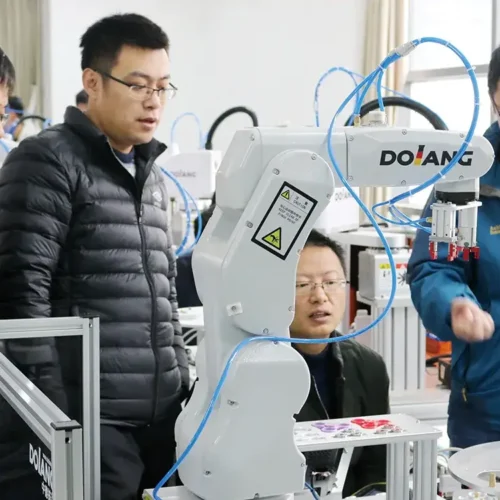
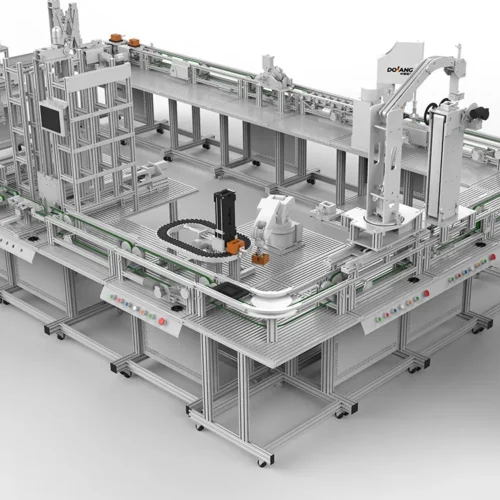
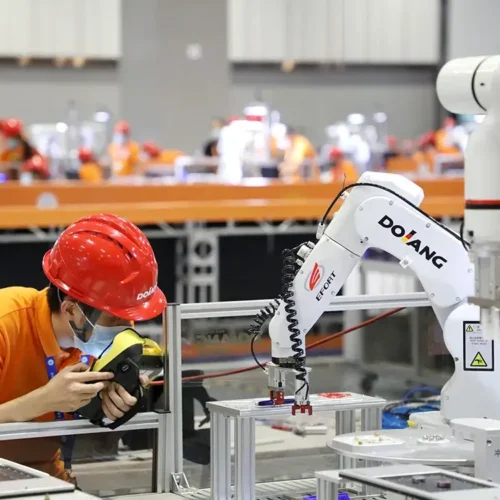
Reviews
There are no reviews yet.